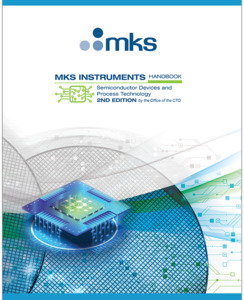Spinning Rotor Vacuum Gauge Physics
Spinning rotor gauges (SRGs) also known as molecular drag or viscosity gauges, measure the number density of the surrounding gas. Like Pirani gauges, SRGs measure pressure by measuring the transfer of energy from a sensor to the surrounding gas. In the case of the spinning rotor gauge, a small steel ball is magnetically levitated within a non-magnetic tube that is mounted horizontally and connected to the vacuum system. Figure 1 shows a schematic of the SRG. In the measurement procedure, the ball is spun to a few hundred hertz using a rotating magnetic field then the drive field is turned off and the rate of deceleration of the ball is measured using magnetic sensors. Since the deceleration is caused by the transfer of energy from the ball to gas molecules during collisions, it can be related, using gas kinetic theory, to the number density of the gas and thus to the pressure. Like Pirani and ionization gauges, SRGs are sensitive to the gas species. SRGs are often used as a reference gauge for calibrating other gauge types.
Figure 1. The spinning rotor gauge (reproduced with permission from the Institute of Measurement and Control).
Related Topics
Vacuum Pressure Measurement
For additional insights into semiconductor topics like this, download our free MKS Instruments Handbook: Semiconductor Devices & Process Technology
Request a Handbook
 Ultra-High Velocity
Ultra-High Velocity